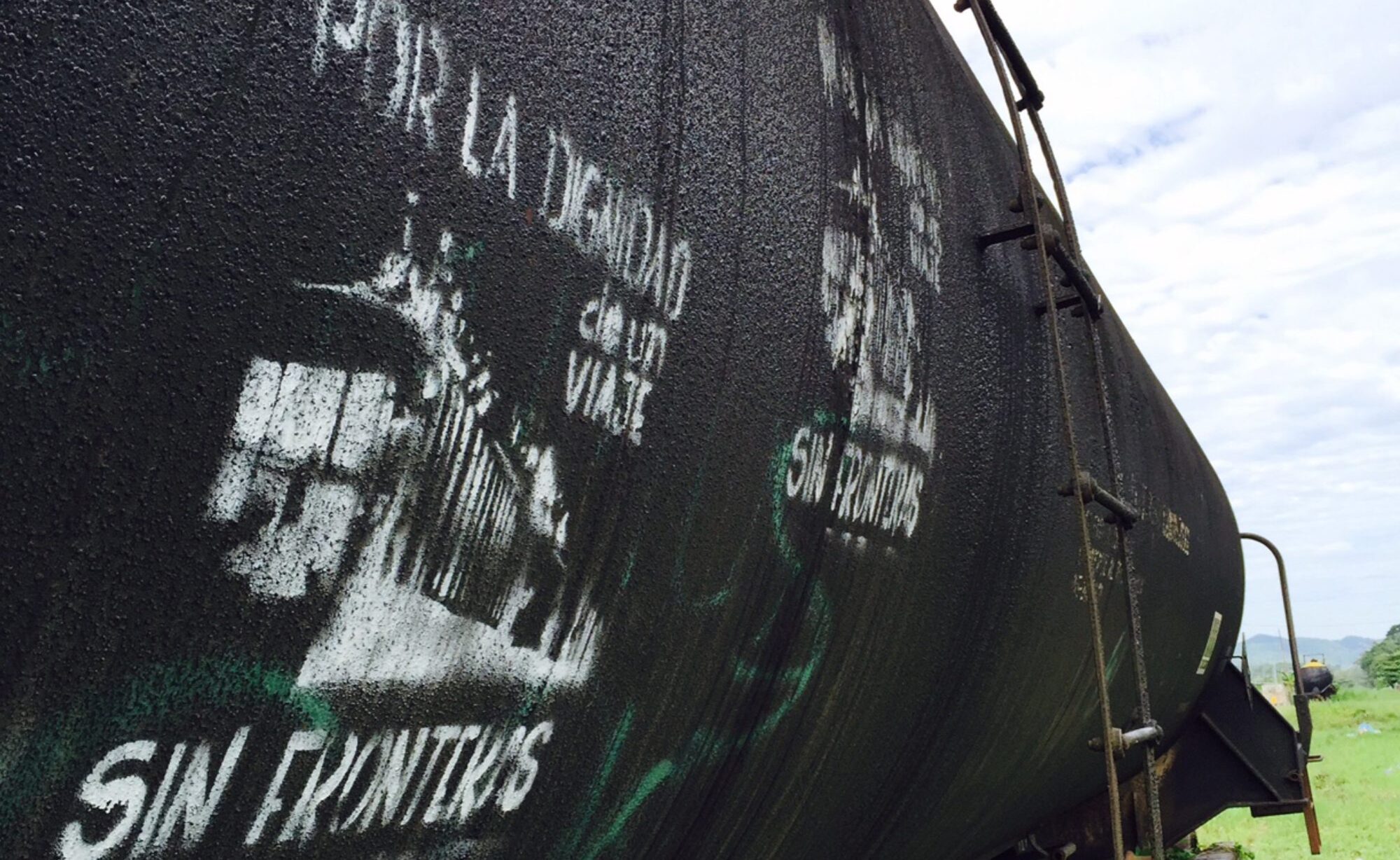Approximately 250,000 Oaxacans migrate to northern Mexico or the United States each year, and close to 1.5 million live in the United States—a significant percentage for a state whose population is 3.8 million. Also, despite evidence of decreased cross-border migration, the economic pressure pushing Oaxacans to leave remains excruciatingly high: 17 years after the passage of the North American Free Trade Agreement (NAFTA), 76% of the Oaxacan population lives in poverty.
These statistics and more were brought to life on a delegation I participated in with the organization Witness for Peace from October 4-12. We not only saw the massive push to migrate north, but also the myriad forms of resistance to this economic imposition from above: from people anchoring themselves to the rich and vibrant traditions in Oaxaca’s isthmus region; from communities, civil society organizations, and even the state government actively looking for economic alternatives to migration; and from an entire parrish in Matias Romero, which declared itself in solidarity with the mainly Central American migrants who pass through the small city heading north on the train.
